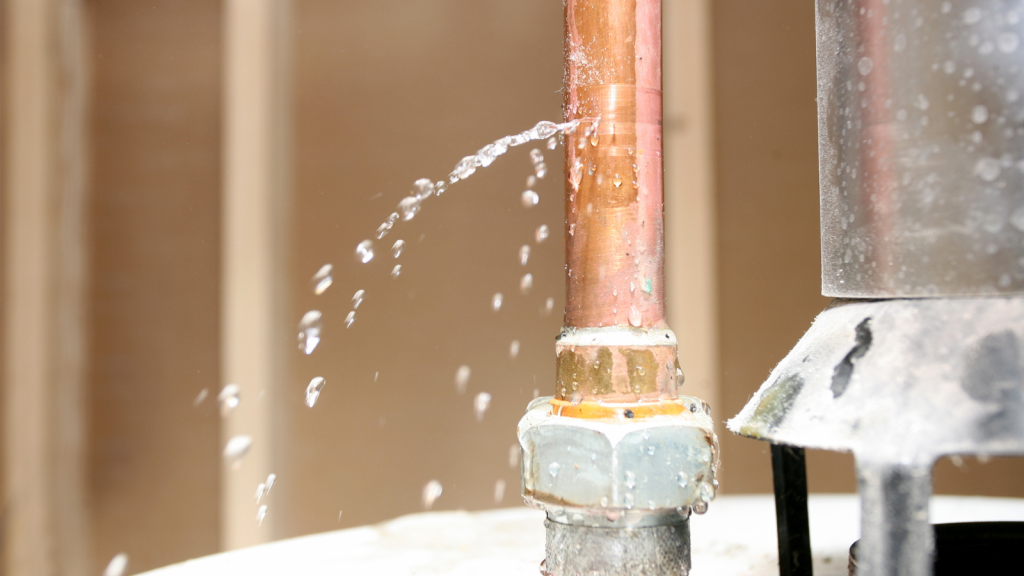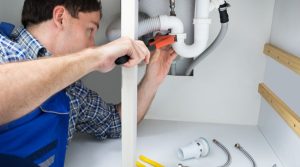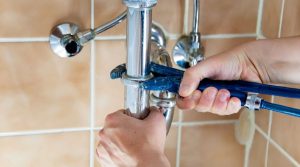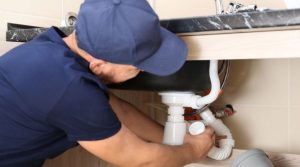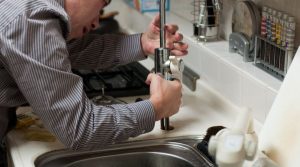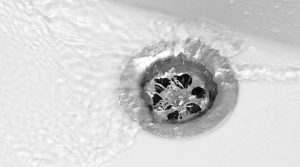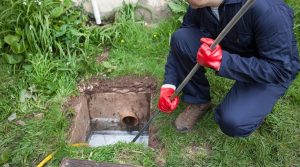Water leaks can cause significant damage to your home and lead to costly repairs. While some leaks are easy to spot, hidden water leaks can be much trickier. Identifying these leaks early is essential to prevent severe damage. This blog entry will instruct you on how to detect water leaks in your home, diagnose hidden leaks, and highlight 14 signs that you might have a water leak.
Find out when to reach out to a professional plumbing service, like BJC Plumbers Jersey City, for complex plumbing matters. We’ll also highlight common home repairs you can handle independently and explain when it’s best to rely on a professional plumber’s skills.
How to Detect Water Leakage in a House
Finding water leaks requires a few key steps and careful observation:
1. Monitor Your Water Bill: A sudden increase in your water bill may indicate a leak that is hidden. Compare your current bill with past ones to spot unusual increases.
2. Check Your Water Meter: Check your water meter and shut off all of the water sources in your house. Should the meter continues to move, you might leak.
3. Inspect Your Home’s Exterior: Look around your home’s foundation for pooling water, damp soil, or overgrown vegetation, which could indicate a leak in your plumbing system.
4. Review Your Home’s Water Pressure: Low An underground leak may be indicated by low water pressure. If you notice a drop in pressure, investigate further.
How to Diagnose a Hidden Water Leak
Diagnosing a hidden water leak involves careful testing and observation:
1. Use a Moisture Meter: This device measures moisture content in various materials. Higher readings in areas not usually wet can indicate a hidden leak.
2. Conduct a Leak Detection Test: Turn off all water appliances and record the water meter reading. Recheck it after a few hours. If the reading changes, a leak is likely.
3. Perform a Dye Test: Add Add food coloring to your toilet tank, then give it a half-hour. without flushing. If the color appears in the bowl, there’s a leak.
4. Inspect Pipes and Appliances: Check visible pipes, appliances, and fixtures for signs of moisture or corrosion. Leaky faucets or hoses might point to more significant issues.
14 Signs You Might Have a Hidden Water Leak
1. Musty Odors: Persistent musty smells, especially in basements or attics, can indicate hidden mold from water leaks.
2. Discolored Walls or Ceilings: Stains or discoloration on walls or ceilings often signal water damage behind surfaces.
3. Peeling Paint or Wallpaper: Bubbling or peeling paint and wallpaper usually result from moisture damage.
4. Warped Flooring: Wood or laminate floors that buckle or warp can be a sign of water leaking underneath.
5. Mold Growth: Mold on walls, floors, or ceilings indicates moisture, which could be due to a hidden leak.
6. Increased Water Bills: A sudden rise in your water bill often indicates a leak in the system.
7. Wet or Damp Spots: Persistent wet spots on floors, walls, or ceilings might mean a hidden leak.
8. Unusual Sounds: Gurgling or hissing noises from pipes or walls can suggest water leakage within the system.
9. Cracks in Walls or Foundations: Cracks in walls or foundations can result from water damage, indicating possible leaks around the foundation.
10. Flaking or Bubbling Paint: Paint that flakes or bubbles is often due to moisture behind the surface.
11. Sagging Ceilings: A ceiling that sags or bulges could be holding water from a hidden leak.
12. Damp Smell: An unusual damp smell in certain areas of your home can indicate concealed moisture.
13. Puddles in Unusual Places: Puddles or wet areas where there shouldn’t be water are strong indicators of leaks.
14. Increased Humidity: Hidden water leaks that add excess moisture to the air can cause higher indoor humidity.
Conclusion
Undiscovered water leaks might seriously harm your home and create health hazards. By staying alert and recognizing the signs of hidden leaks, you can address problems before they lead to costly repairs. Regular monitoring, timely inspections, and prompt action arevital for safeguarding your house against the harmful consequences of water leaks. Should you believe there is a leak , seek professional help for accurate detection and resolution. Taking proactive steps is the best way to safeguard your property and maintain a safe, healthy living environment.

